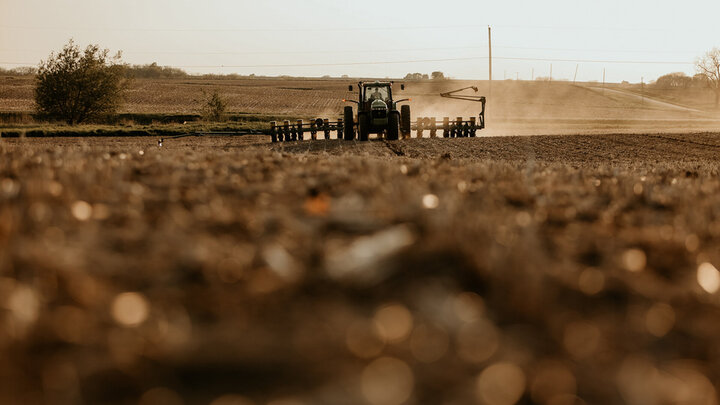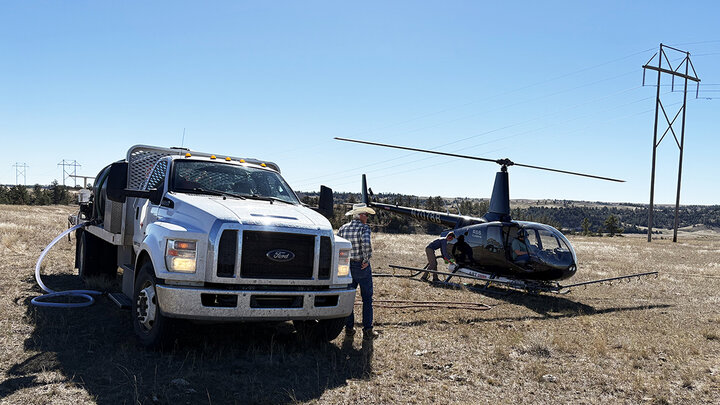By Robert Harveson, Extension Plant Pathologist
Pathogen
Pseudomonas syringae pv. syringae. The bacterium is a gram negative rod, strictly aerobic with a polar tuft of flagella. It also produces diffusible fluorescent pigments, particularly on iron-deficient media. On standard media, it produces white-cream colored growth. Pathogenic isolates produce a bacteriocin in the host plant known as syringomycin W-1. The host range is very large, including Phaseolus vulgaris, P. lunatus, Lablab niger , Glycine max,Pueraria hirsute, Vicia faba, Vigna sesquipedalis, and V. sinensis.
Disease Symptoms
Lesion size can vary, but generally are small, circular, and brown, coalescing to form linear necrotic streaks delimited by leaf veins and veinlets. If water soaking occurs, it manifests itself as small circular spots on the underside of leaves. The centers of old lesions fall out leaving tattered strips or "shot holes" on affected leaves and evidence of water soaking may be visible in the edge of tissue next to the shot holes (16,28). Stem and petiole lesions are occasionally found in situations where the pathogen becomes systemic. Lesions on podsare circular and water-soaked initially, but later turn brown and become necrotic. If young pods or those in the flat stage become infected, they may be bent or twisted with visual ring-spots or water-soaked, brown lesions.



Favoring Environmental Conditions
Like the other dry bean bacterial pathogens, the brown spot pathogen survives in residue or seeds from the previous year. It is very similar to the halo blight pathogen (P. syringae pv. phaseolica) by producing fluorescent pigments. It differs from the halo blight pathogen by being favored by warm temperatures (80-85 F) as opposed to the cool weather favoring disease development of halo blight (68-72 F). Wet weather, hail, violent rain and windstorms help the pathogen to spread among and between fields. Continuous bean cropping also helps the pathogen survive in infected debris.
Management
Genetic Resistance
Use seed that is certified to be disease-free.Several pinto cultivars are available with tolerance, such as Chase and Poncho.
Cultural Practices
In general, practices that limit disease losses to other bacterial pathogens will also be effective with brown spot. Don't spread old bean straw into fields to be planted with beans. Avoid going into fields that are wet. Other cultural practices for management include avoiding the reuse of irrigation water, and incorporating infected debris after harvest and rotating out of beans with other crops for at least two years, and managing volunteer beans.

Chemical/Biological Control
Treating seed with streptomycin helps to reduce contamination of the seed coat. Using of copper-based sprays at the mid vegetative to flowering stages will also help to provide some control.








